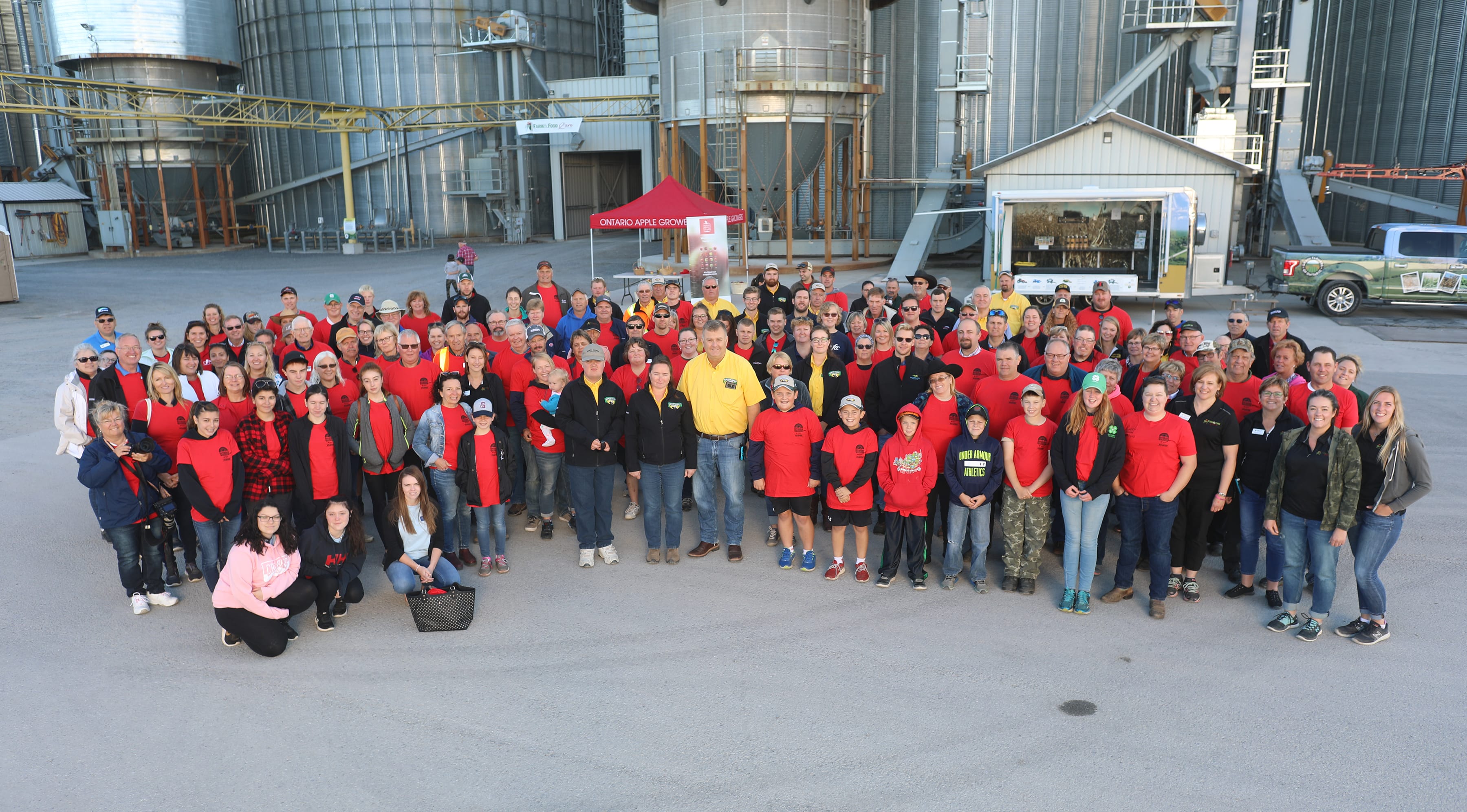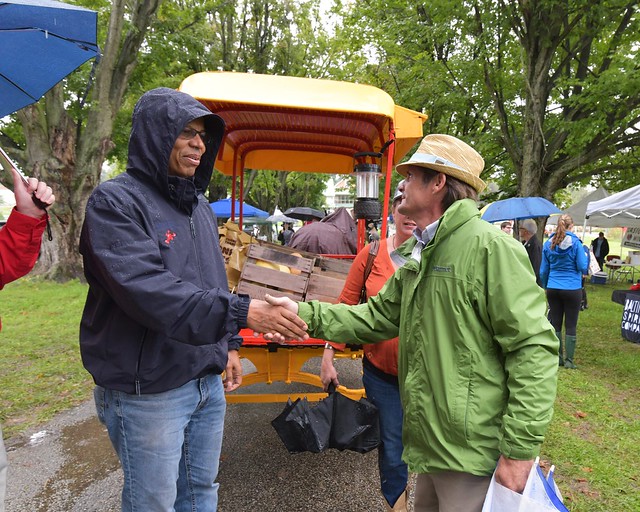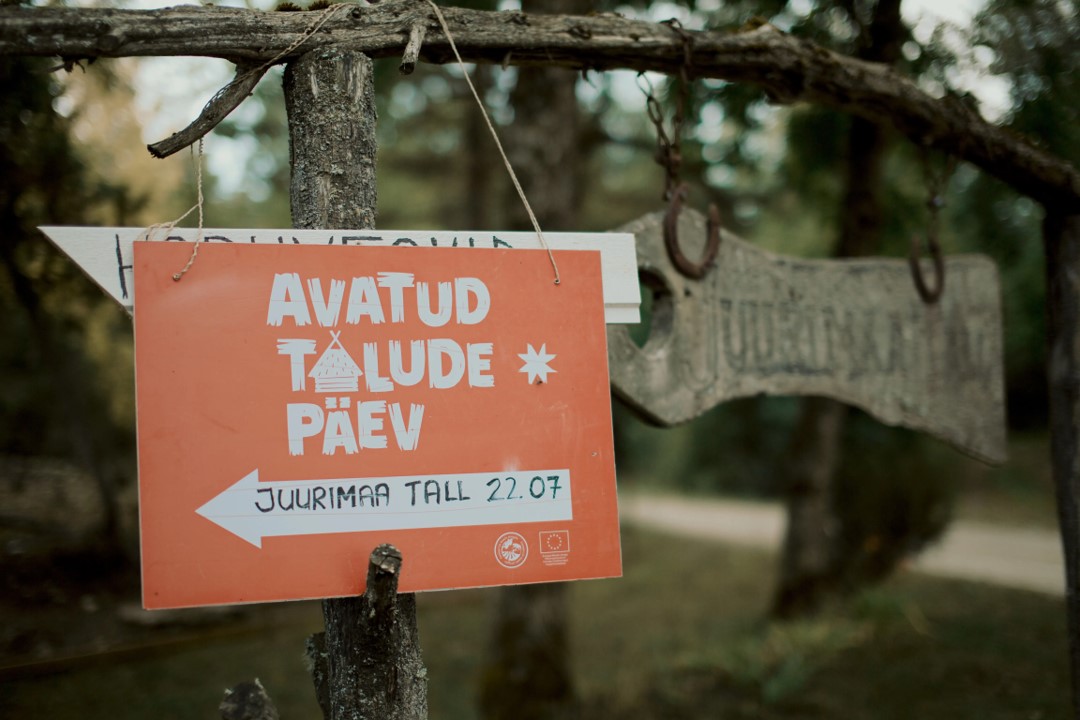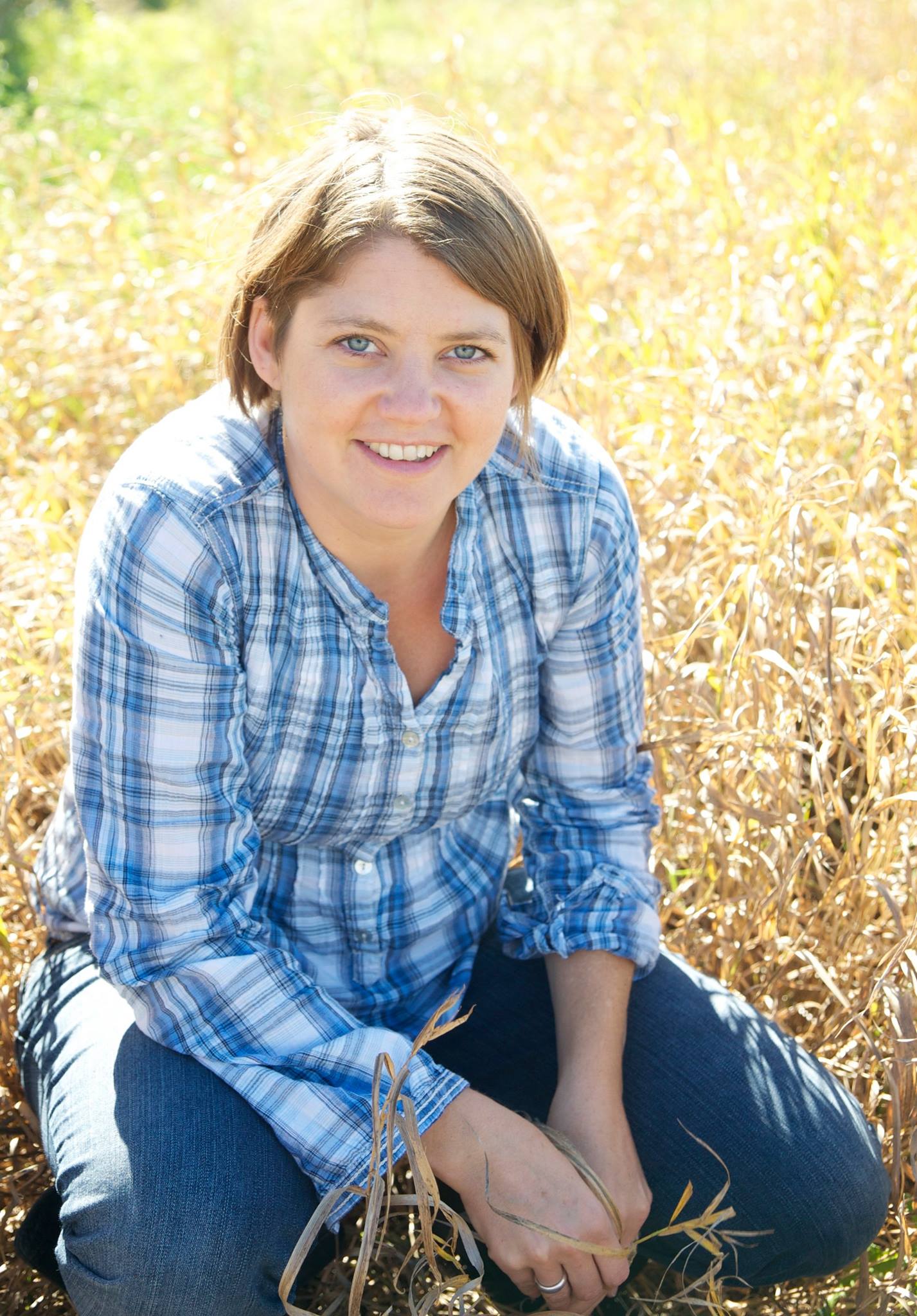



What an open farm day can do for you – and how to host one
Inviting the public to see your farm takes a lot of planning – but it has significant benefits. We asked four experts in staging open farm days to describe them and offer their advice.As the urban-rural divide widens, connecting consumers with the farmers who grow their food becomes all the more important. One way to tackle the many myths and misconceptions about agricultural production is by hosting an open farm day to show consumers first hand how modern farms operate. Opening your farm up to the public allows farmers to tell the real story of where food comes from and how it is produced, and allows them to connect directly with consumers. Here, four organisers offer their tips and tricks for making your open farm day a grand success.

Why host an open farm day?
Most hosts hope to achieve several goals when opening their farm to the public. Today’s consumers are worried about land stewardship, animal welfare and food safety. Farmers want to show them that these factors are at the forefront of what they do on the farm. Hosting an open farm day gives them an opportunity to tackle misconceptions and educate consumers about modern practices. It gives them a space to connect with the public and to develop a new customer base.
Preparation is crucial
Hosting an open farm day is no small task. As most organisers know well, it takes meticulous planning. Everything from parking to safety, and from biosecurity to advertising, needs great consideration.
Jennifer Farwell, agricultural economic development specialist at Cornell Cooperative Extension of Madison County, New York, says her organisation’s event last year saw 5,800 people visiting 38 farms in the region. Preparation, she advises, is crucial:
“Farmers need to be sure that they are prepared for hundreds of visitors. This is both with the parking and space, but also with the questions and behaviours that come with hundreds of visitors.”
Farwell recommends that farmers prepare for the types of questions visitors could ask, particularly when it comes to practices that might seem odd to urbanites.
“If your poultry do not have access to the outdoors, be prepared to answer why,” she warns. “People visit open farm day to gain more information about farming and the way their food is raised, and they want reassurance that this is done in a sustainable and safe way.”
In Ireland, Deirdre O’Shea, executive director of Agri Aware, says it’s important to choose working farms that reflect the average Irish farm, and to choose a host who is passionate about telling their story. Last year, they opened four farms to the public and drew about 7,000 visitors. O’Shea says it’s really important to put the farmer in the forefront and make sure they’re available for questions. The visitors will “want to hear more from the farmers themselves,” she says.
Make health and safety your top priority
Due to biosecurity concerns, O’Shea says they chose a mix of dairy, beef, sheep and arable farms. Pig and poultry farms, she said, were not even considered because of strict biosecurity protocol and the possibility of spreading disease.
In the US, Farwell finds biosecurity to be a challenge as well. “However, typically the guests will not be in an area exposed to manure and should therefore not be tracking anything,” she said.
Perhaps the biggest challenge in hosting an open farm event is managing the people. Farmers will need to provide ample parking, as well as signage to keep visitors safe. “Keeping the guests contained to designated locations is important,” says Farwell. “Haybales, T-posts with rope and marking ribbon can all be useful tools for keeping people in designated spaces.”
“Using signs that say ‘Authorised personnel only’ will help keep people out of specific barns or areas,” she adds. “If you have animals available for touching, petting or holding, that should be done in a controlled space with a staff member familiar with the animals and prepared to answer questions.”
She suggests having hand-sanitiser and a washing station nearby as well.
Pool resources with other farms
In Canada, Farm & Food Care Ontario hosts an annual Breakfast on the Farm event where the foundation welcomes 2,000 guests to an all-Ontario breakfast, hosted on one farm. After breakfast, visitors take a tour of the farm to learn more about where their food comes from.

“Regardless of the type of farm that it’s being housed at, there are dozens of displays from other organisations and agribusinesses,” explains Farm & Food Care Ontario executive director Kelly Daynard. “At the beet and grain farm we were at last year, there were exhibits from Ontario Apple Growers, Egg Farmers of Ontario, Chicken Farmers of Canada, Dairy Farmers of Ontario and Grain Farmers of Ontario.”
“All food is donated and comes from Ontario,” she adds.
The event requires about 100 volunteers and costs about CAD$50,000 (around GBP£28,500) to run.
They’re a huge success, sell out every time and we know from the surveys we conduct with guests afterwards that the events are making a difference in helping to connect farmers with consumers and to answer questions directly that consumers have with their food,” concludes Daynard.
Look for training opportunities
In Estonia, Open Farm Day is a huge event. Last year, 296 farms were opened to the public, drawing around 163,000 visitors, which is quite the achievement for a country of just 1.3 million people. Kertu Kärk, the media campaign project manager for the country’s Ministry of Rural Affairs, says the event took incredible planning.

© MarylandGovPics [https://creativecommons.org/licenses/by/2.0/]
To direct visitors, the organisers used distinctive road signs and provided GPS coordinates on their website. To prepare farmers, they hosted special seminars that alerted farmers to potential hazards, as well as biosecurity and food-safety issues. Last year, they also hosted a marketing lecture so farmers could learn how to attract their target groups. Participating in the seminars is not obligatory, but advised. For those who are unable to travel, the seminars were made available online.
Get the message out ahead of time
Getting 163,000 people to participate in the open farm event took strategic marketing. “We usually launch our media campaign a month before the event,” says Kärk. “We air commercials on TV and radio, and have big printed ads near the biggest roads.”
Last year, the organisers filmed short clips of some of the more interesting farms. The clips were aired on Estonian news programmes and shared online through their social media channels.
“Of course, we can’t forget the cooperation with the media,” she says. “We launched many press releases, wrote different articles, gave interviews and offered topics for the journalists.”

In Ireland, O’Shea’s media campaign was equally intense. To raise awareness about the event they put signs on main roadways and in the smaller towns near the farms. Like Kärk, O’Shea made use of as many media channels as possible, including TV, radio, print and social media. She also put leaflets in schools to draw families. They even invited a local radio station to live broadcast from one of the farms.
From the single farm in Canada that drew 2,000 visitors to the 296 Estonian farms that drew 163,000 visitors, one thing is clear: consumers are interested in knowing where their food comes from and who produces it. And while hosting an open farm day requires meticulous preparation and attention to detail, as Farwell points out, the rewards can be substantial.
“By inviting consumers to your farm, you are educating them on positive food practices and the great things your farm is doing,” she says. “And by developing supporters and telling your story, you are developing a customer base.”
“A lot of customers want to know their farmers,” she adds. “By having them tour and sample from your operation, you can hopefully build a group of recurring customers who visit time and time again.”









